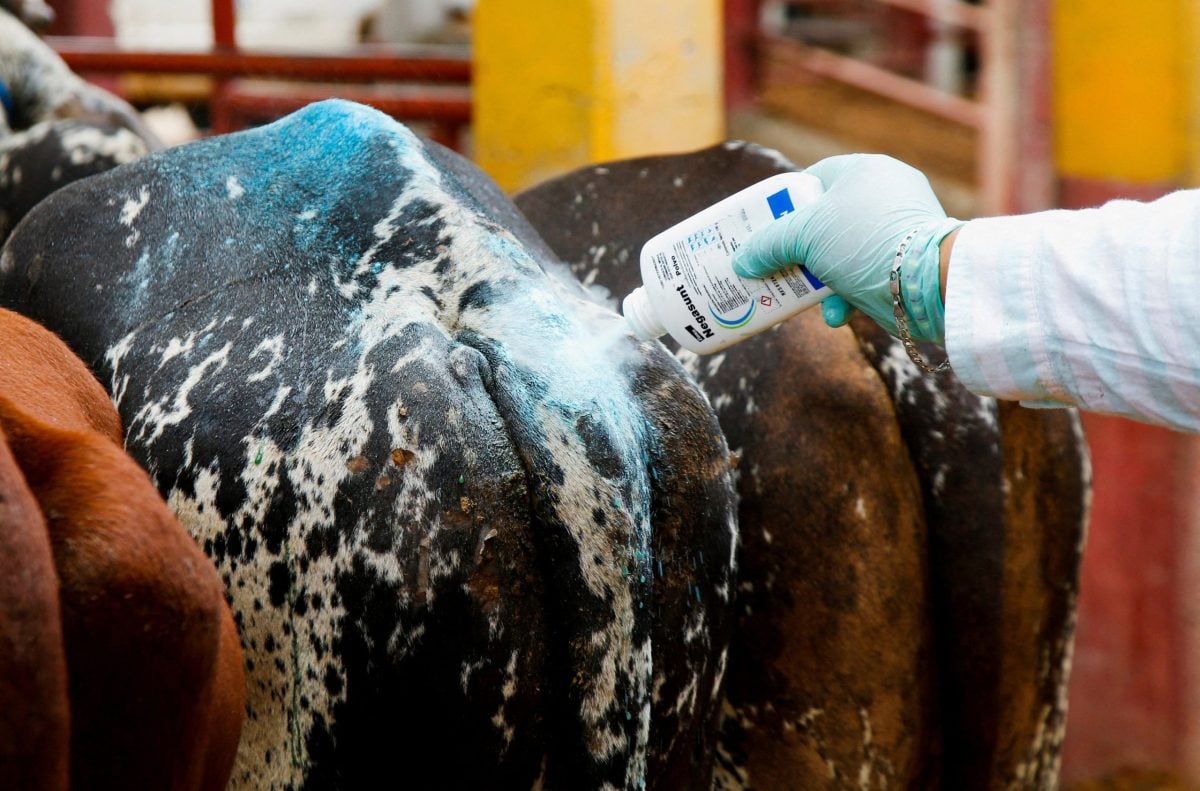Beijing | Reuters — China is aiming to produce 95 per cent of its pork at home, according to a cabinet document outlining plans for its livestock sector, underscoring a goal to quickly rebuild its huge pig herd after a major disease epidemic.
The document, released on Sunday, comes amid a heightened focus on food security by Beijing, with coronavirus outbreaks overseas impacting food exporters, and ongoing tensions with top trade partners raising concerns about supplies.
The document did not mention a timeframe for achieving its target.
Read Also

Mexico agriculture secretary says still no date for restarting cattle exports to U.S.
Mexican Agriculture Minister Julio Berdegue said on Wednesday that Mexico and the United States have not yet set a date to resume Mexican cattle exports amid an outbreak of the flesh-eating screwworm parasite.
China, the world’s top pork consumer, has been almost fully self-sufficient in pork in the past, with imports averaging around one per cent of production from 2000 through 2018.
But imports of more than two million tonnes reached almost 10 per cent of consumption in the first half of this year, after domestic output plunged following a devastating epidemic of the deadly hog disease known as African swine fever.
Beijing has repeatedly said it expects its herd to return to normal levels by next year, and has unleashed a raft of measures to encourage producers to build new farms.
The cabinet also said it was aiming to supply about 85 per cent of its beef and lamb, more than 70 per cent of its milk and remain fully self-sufficient in eggs and poultry.
The targets are little changed with the current levels, although the rate for beef looks “difficult to achieve,” said Pan Chenjun, senior analyst at Rabobank.
Beef imports as a portion of total consumption levels have been increasing substantially each year for some time, reaching about 25 per cent in 2019, with domestic output unable to keep up with surging demand from China’s fast-growing middle class.
The document also said China would expand the range of countries from which it imports meat and meat products to “supplement and adjust the domestic market supply.”
The document highlighted several areas of focus to make its livestock sector more competitive, including improving prevention and control of disease, strengthening its animal breeding programs and promoting domestic production of forage crops.
It called for the support of both large-scale farms and small farmers and reiterated earlier plans to reduce the long-distance transport of livestock to slaughterhouses by building more processing facilities near farms.
— Dominique Patton reports on China’s ag sector for Reuters from Beijing.











